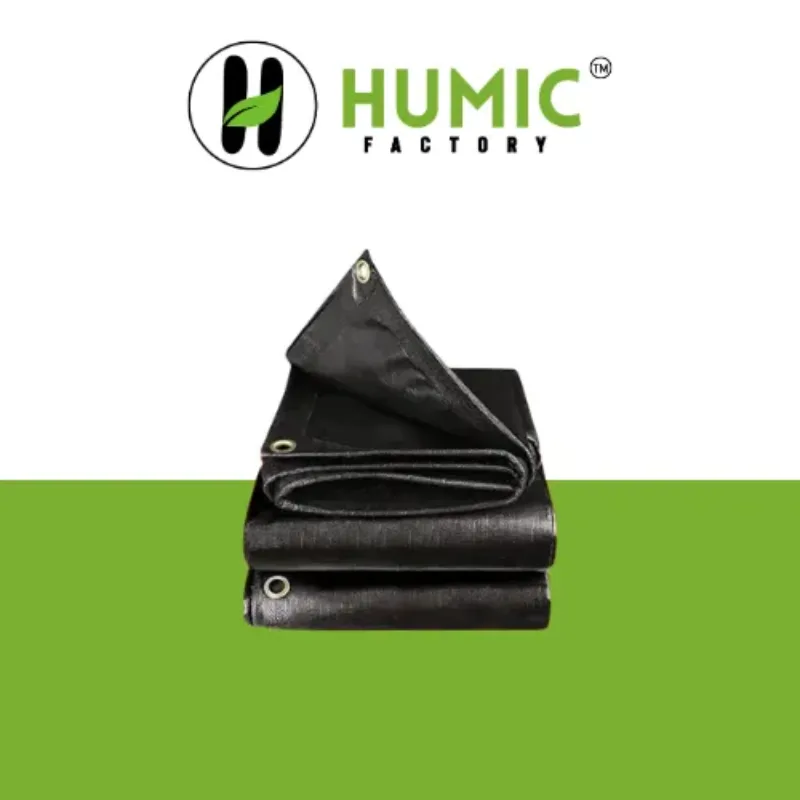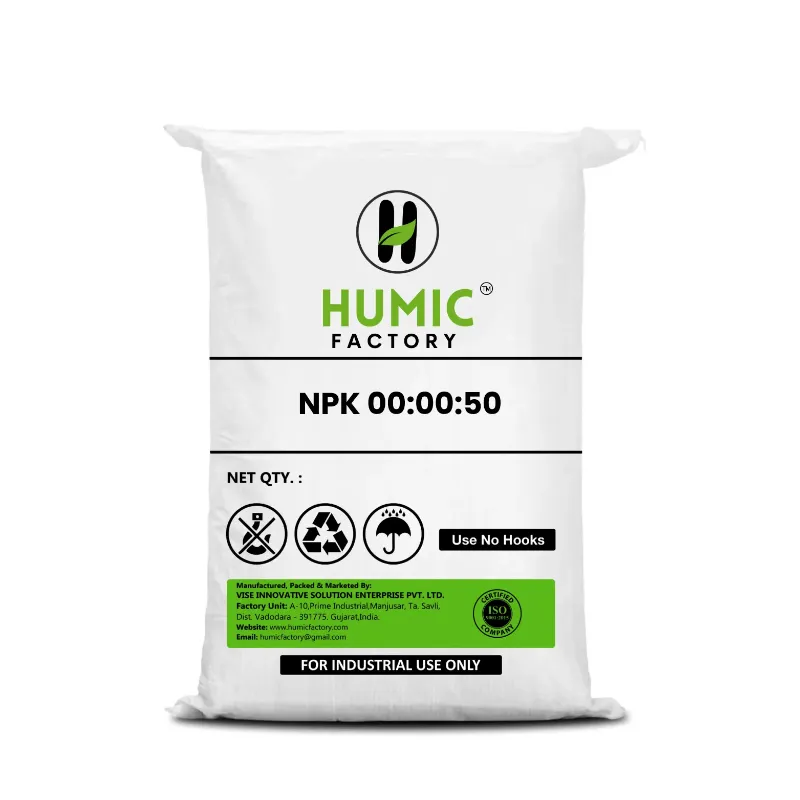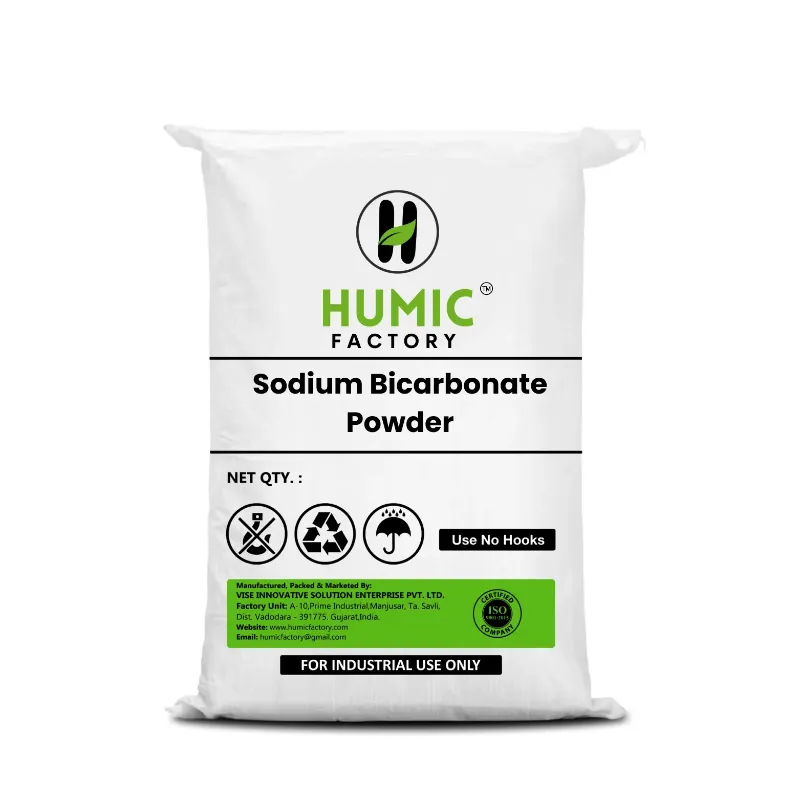Introduction: A Green Revolution in Your Living Space
Indoor plants bring life, beauty, and even health benefits to our homes. They play a crucial role in purifying the air, creating a calming ambiance, and much more in enhancing indoor spaces. However, their nurturing requires more than just watering and occasional sunlight. A secret to keeping your indoor plants thriving is the use of liquid fertilizer for indoor plants.
In this blog, we will explore the world of liquid fertilizers, why they are essential, and how they can transform your indoor garden. We will also introduce you to the top-notch products offered by Humic Factory, a trusted name in sustainable and effective plant care solutions.
Why Indoor Plants Need Liquid Fertilizer
Indoor plants, unlike those grown outdoors, are entirely dependent on their owners for nutrition. Plants in their natural habitat obtain nutrients from the soil and surrounding organic matter. Indoor plants, however, grow in controlled environments often in pots with limited soil. Eventually, the potting mix loses its nutrients, leaving plants vulnerable to poor growth, weak stems, and pale leaves.
This is where liquid fertilizer for indoor plants saves the day. Liquid fertilizers provide an instant reservoir of available nutrients directly to the roots and foliage for consistent and healthy growth.
What Is Liquid Fertilizer, and How Does It Work?
Liquid fertilizer for indoor plants is a water-soluble nutrient solution that can be applied using watering cans or spray bottles. It offers the following benefits:
Rapid Absorption:
Uniform Distribution:
Adjustable Dosage:
With liquid fertilizer for indoor plants, you can make sure your plants get the well-balanced diet they require to grow.
Benefits of Liquid Fertilizer for Indoor Plants
Boost Growth:
Improves Soil Quality:
Supports Flowering Plants:
Saves Time and Effort:
Eco-Friendly Options:
How to Select the Appropriate Liquid Fertilizer for Indoor Plants
Selecting the ideal liquid fertilizer for indoor plants depends on many factors:
Plant Type
Growth Stage:
Organic vs. Synthetic:
Humic Factory offers liquid fertilizers for a variety of indoor plants to help keep them healthy and beautiful.
Using Liquid Fertilizer on Indoor Plants
Dilution is Important
Always use the dilution instruction as provided by the manufacturer. Over-concentration of fertilizer may cause damage to plant roots and foliage. Frequency of Application
Apply every two to four weeks depending on the requirement of the plant. Never over-fertilize as this will lead to salt accumulation in the soil.
Methods of Application
Watering: Mix the liquid fertilizer with water and pour it evenly into the soil.
Foliar Spray: Spray diluted fertilizer directly onto the leaves for quick absorption.
Time of Application:
Common Mistakes to Avoid
When using liquid fertilizer for indoor plants, keep these pitfalls in mind:
Over-Fertilizing:
Too much fertilizer causes nutrient burn, which manifests as brown leaf tips and edges.
Soil Drainage Neglect
Waterlogged soil with the potential for root rot. Pots should have adequate drainage.
Application to Dry Soil
Organic vs. Synthetic: Which Liquid Fertilizer Is Better?
When choosing liquid fertilizer for indoor plants, you’ll encounter both organic and synthetic options. Here’s a quick comparison:
Organic Fertilizers:
Synthetic Fertilizers:
Humic Factory specializes in organic liquid fertilizers that are effective and eco-friendly, perfect for indoor use.
Best Liquid Fertilizers for Indoor Plants
Specialized Formulas:
Humic Factory offers all this and more, guaranteeing your indoor garden to flourish regardless of the type of plant.
Why Humic Factory for Your Fertilizer?
At Humic Factory, we are dedicated to giving you high-quality fertilizers specific to indoor plants. Our products are:
Eco-Friendly: Safe for your plants and home environment.
Effective: Formulated with the perfect balance of nutrients for optimal growth.
Versatile: Suitable for a wide range of indoor plant varieties.
Whether you are a seasoned gardener or just a beginner, Humic Factory has solutions for you to take care of your indoor plants.
Conclusion
Liquid fertilizers play a vital role in making your indoor plants grow in full capacity. If you know the needs of your plant, and then you use the appropriate products, as well as applying them, then you will surely have an oasis at home, filled with luscious greenery.


Submit your contact number to receive exclusive updates
Something went Wrong Please try again!!!
Bulk Purchase
Get Bulk Discount
Get Discount Code now
फोन नंबर सबमिट करे और ऑफर पाए
We believe farming is hard. This is our attempt to support farmers. Submit your contact details to receive a discount and other offers from Humic Factory.

Recommended Products
COPYRIGHT © 2024. All Rights Reserved By Humic Factory


